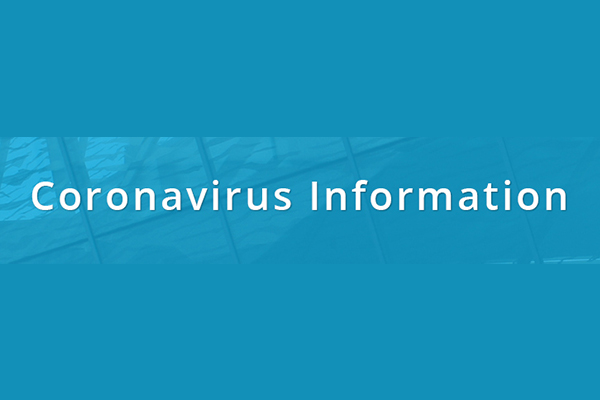COVID-19 If/Then: What happens if faculty member learns a student has tested positive?
The College has put together a new series of “If/Then” scenario walkthroughs to help our community better understand pandemic practices and protocols.
Use this link for more “COVID-19 If/Then” scenarios from SUNY New Paltz.
If a faculty member is told that a student in their class has tested positive for COVID-19 …
Then the faculty member should … First, identify the source of this information.
The Student Health Service will always confirm with instructors when a student in one of their in-person courses has tested positive. Notifications from the Student Health Service are made Monday – Friday, so it’s possible that faculty may hear directly from students first.
If a faculty member learns from a student about a positive COVID-19 test, but has not received confirmation of this diagnosis from the Student Health Service, the faculty member should ask the student to contact the Student Health Service to share their positive test result. This allows the Student Health Service to confirm the student’s positive result and, if necessary, initiate contact tracing and isolation protocols.
When the Student Health Service confirms a student’s positive diagnosis, faculty should be aware that the student will be unable to attend in-person classes during the stated isolation time and, if possible, make accommodations to allow the student to complete missed coursework during that period. Faculty will be notified when the isolation period has ended.
Then the College will … Conduct contact tracing and monitor all close contacts of the positive student.
In most cases, faculty members will not be considered a “close contact” when a student in one of their courses tests positive, as classroom teaching conditions (all students masked, faculty more than six feet from all students) do not meet CDC definitions for “close contact.”
One positive case in a class is unlikely to require a temporary pivot to hybrid or online instruction, as our tracing, isolation and masking practices have to date prevented documented cases of in-class transmission in our community.

